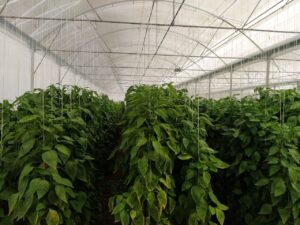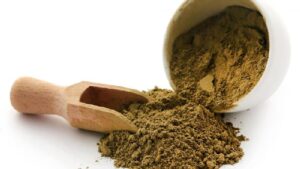Henna, scientifically known as Lawsonia inermis, is a perennial flowering plant belonging to the Lythraceae family. It includes 370 species and 24 genera. The plant is a shrub with an average height of 2-2.5 meters, characterized by hard wood and branches that are often thorny and slender. Its leaves are complete, egg-shaped, and have a pointed tip with a short petiole.
Soil Requirements and Preparation
Henna is resilient to drought and thrives in warm, arid regions with a temperature range of 30 to 35 degrees Celsius during the summer. It grows well in sandy or loamy soil with a pH range of 4.3-8. The plant is typically cultivated in well-fertilized soils.
Irrigation Practices
Regular irrigation of the main field and nursery is crucial for healthy plant growth. Initially, daily watering is essential for about 10 to 15 days, depending on weather conditions. As the seedlings become established, the frequency can be reduced to every 6 to 7 days. Adequate water supply is crucial, especially during the period leading up to the first harvest.

Fertilization
To prepare the primary field, deep plowing is performed in autumn, allowing the soil to naturally settle during winter. Approximately 8 tons of animal manure per hectare are used in the first year, half in Ordibehesht (April-May) and the remainder in Mordad (July-August). In subsequent years, the amount increases to 10-15 tons per hectare, with one-third applied in Ordibehesht and the remaining two-thirds in Mordad.
Harvesting of Henna Plant
Timing
The first harvest is conducted twice, typically in late Tir (June-July) and Aban (October-November). From the second year onwards, harvesting is increased to three times annually, occurring in Tir, Shahrivar (August-September), and the second half of Aban.

Process
Harvested henna leaves are dried, separated from the wood, and collected for further processing in henna workshops. The average yield ranges from 1500 to 2500 kilograms per hectare, with the first harvest contributing more, and subsequent harvests slightly less.







